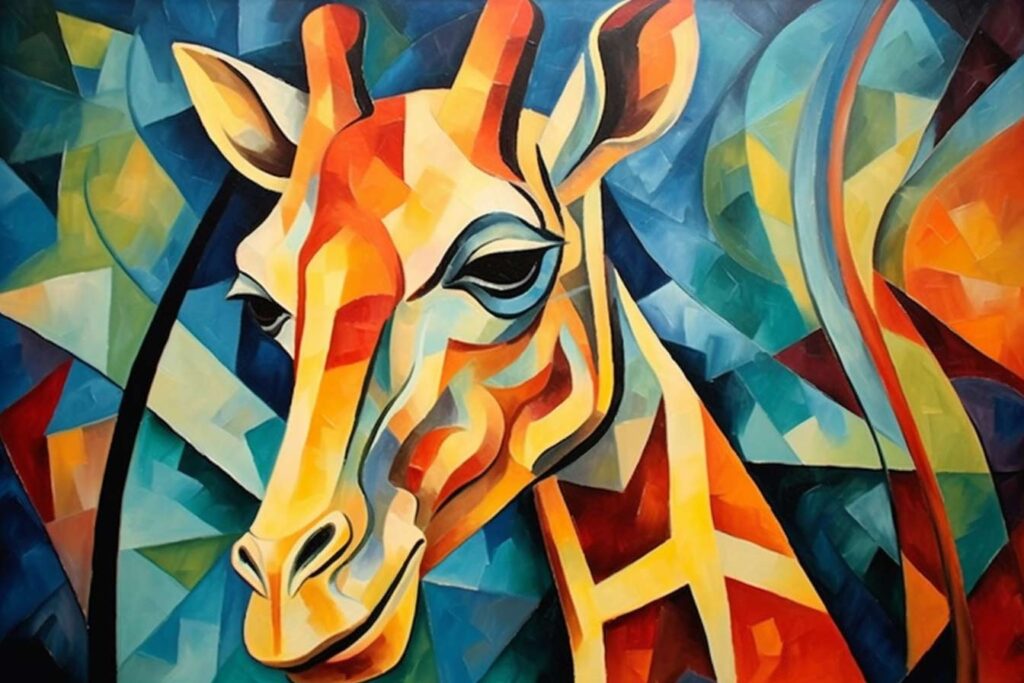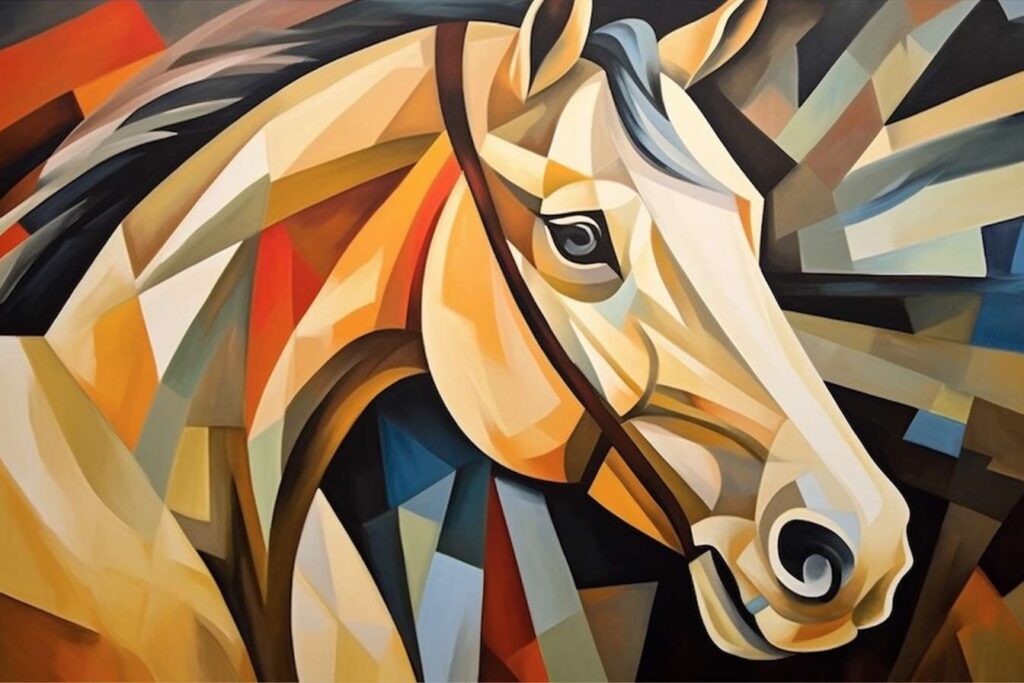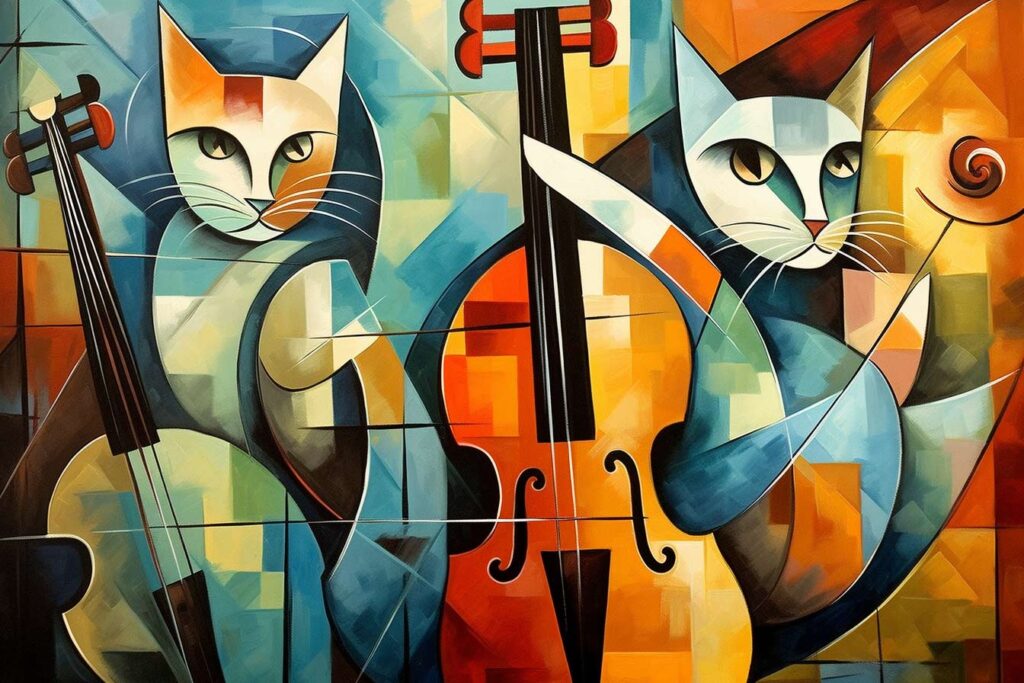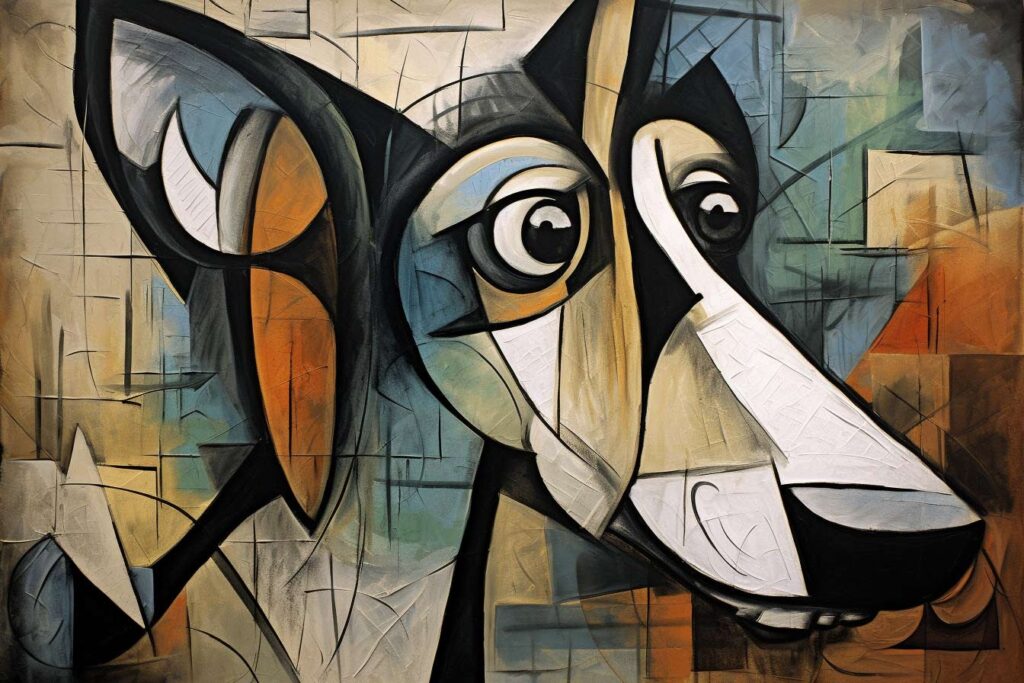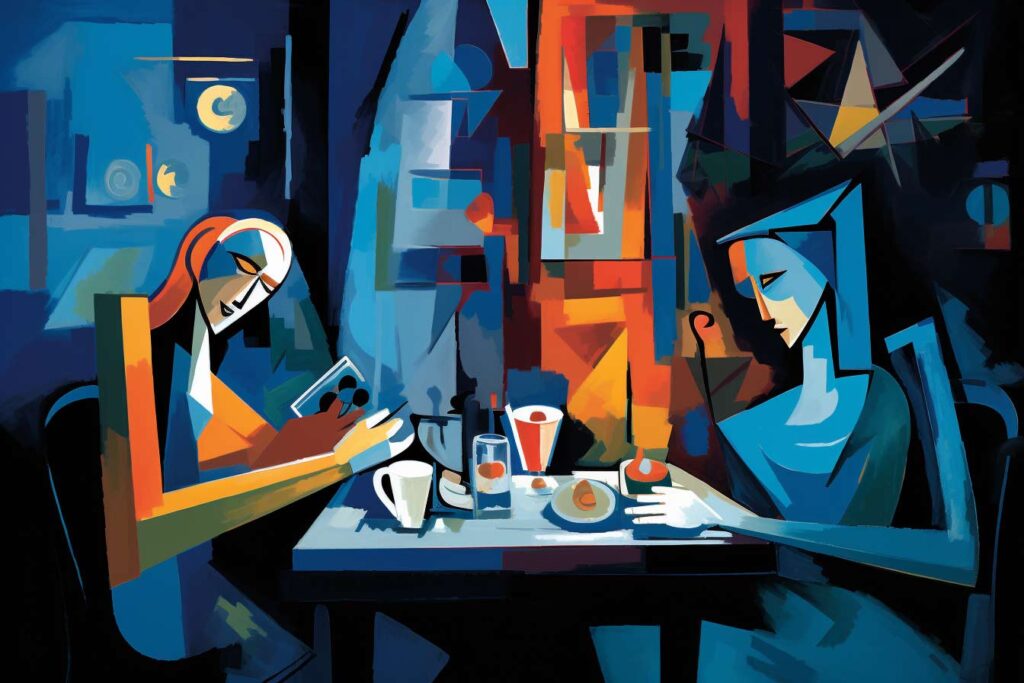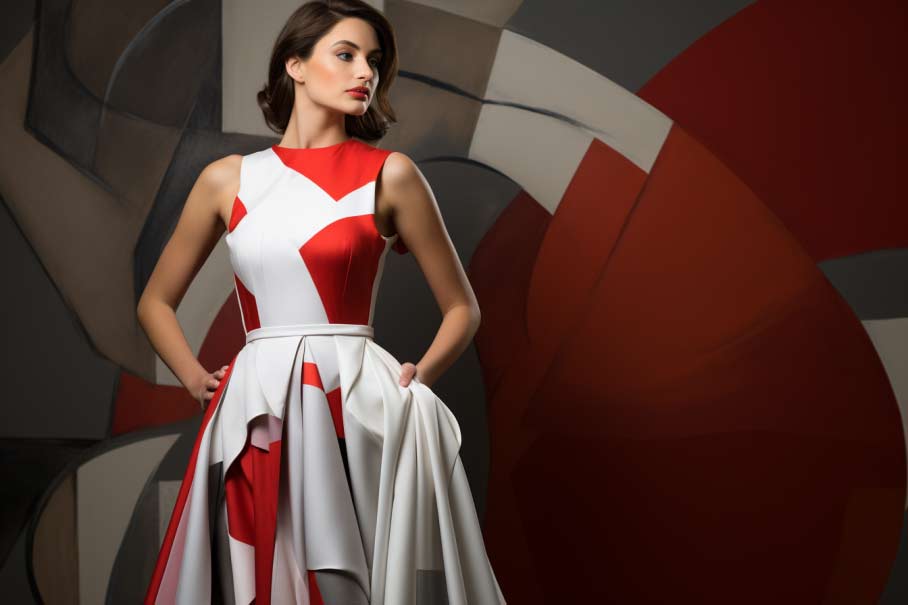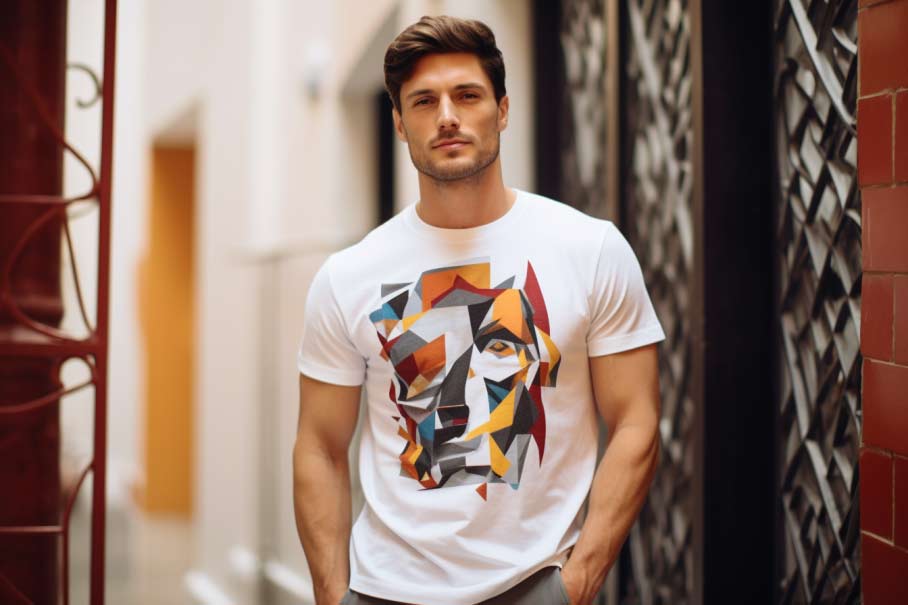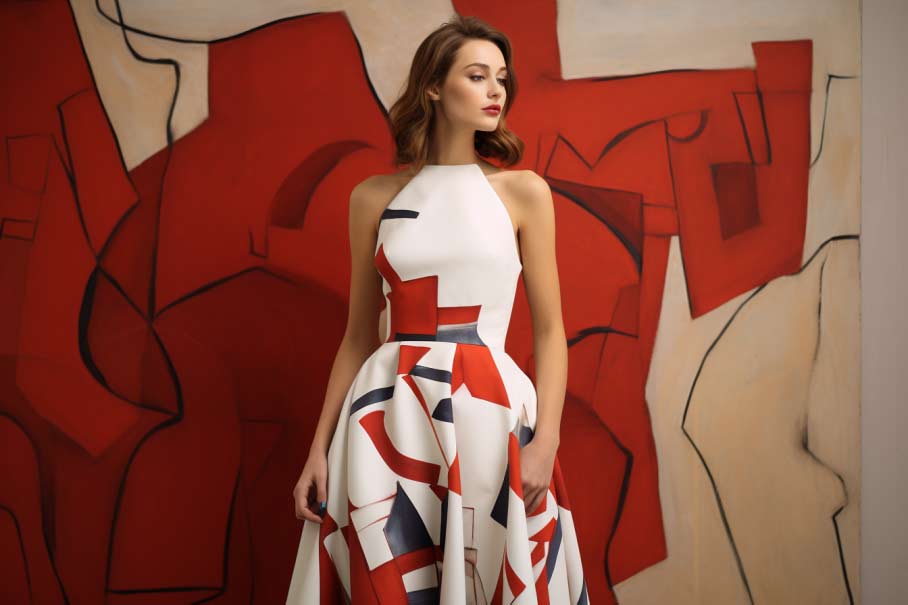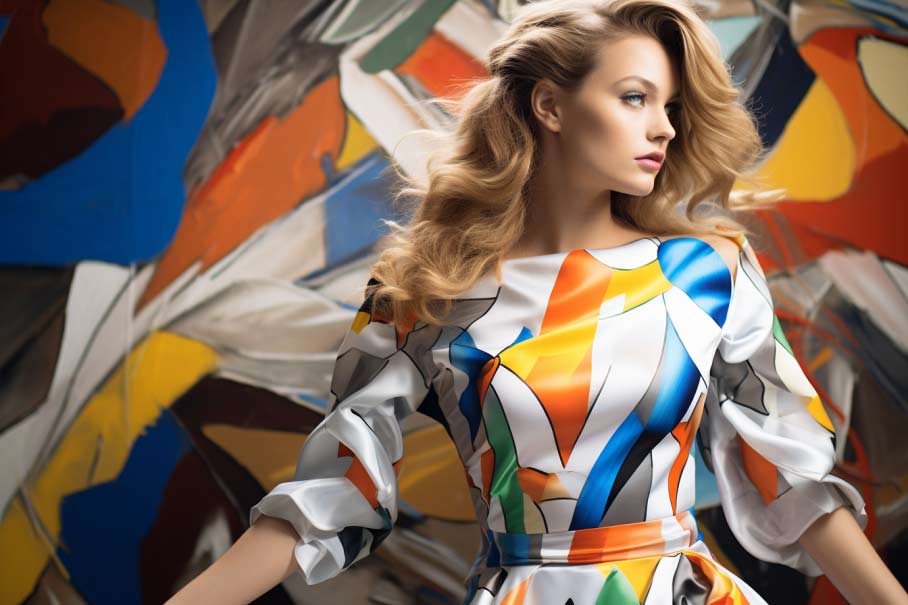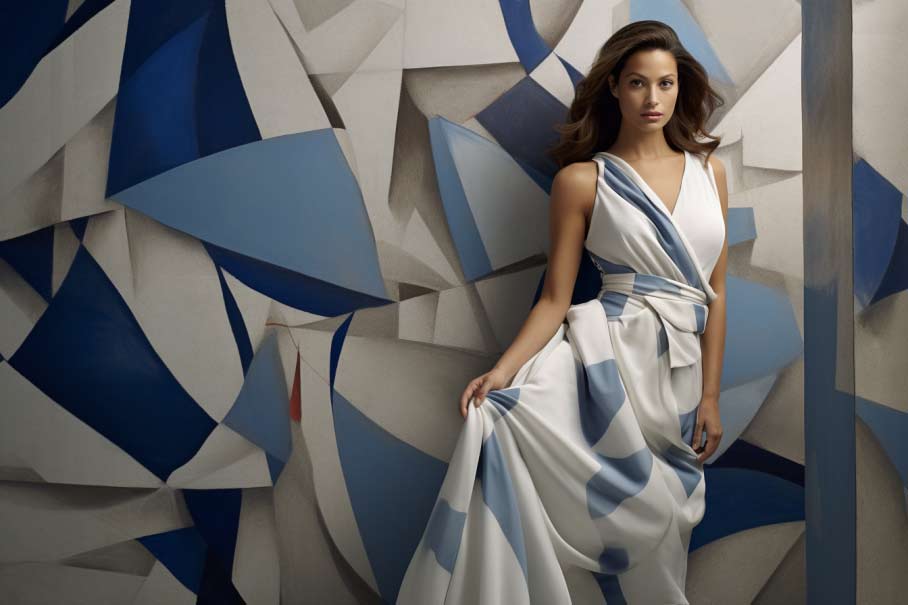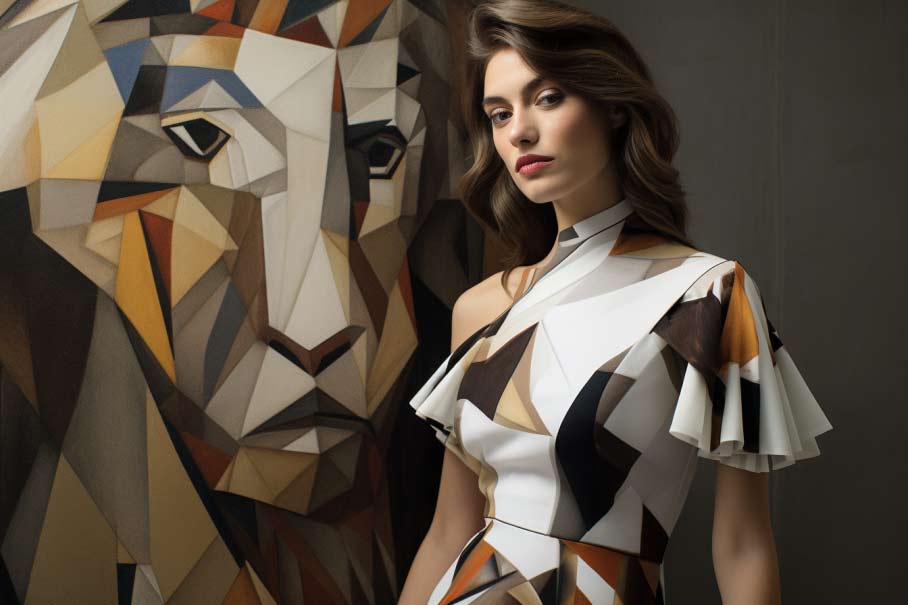WELCOME TO THE FUTURE OF CUBISM!
The Renaissance of Digital Cubist Painting
In this new era, where technology constantly reshapes our understanding of art and the world, a bold reinterpretation of Cubism emerges. Here, we experience the rebirth of cubism artwork, one of the most innovative artistic movements of the 20th century.
Here, at CubismArtwork.com, the influence of masters such as Pablo Picasso and Georges Braque intertwines with the groundbreaking creativity of artificial intelligence. These fascinating high-quality digital works, transcending time and space, are available for download at no cost.
More than just a showcase for digital art, CubismArtwork.com aims to be a bridge connecting the artistic legacy of the past with the technological promises of the future. We invite artists, enthusiasts, the curious, and visionaries to dive into this visual journey, where traditional cubism melds with the digital avant-garde. Geometric shapes interweave with sophisticated codes, and traditional brushstrokes transform into algorithms.
It’s a contemporary tribute to the pioneers of Cubism and the new age of cubism artwork. Seize the opportunity to explore and channel your love for art onto print-on-demand platforms. Travel with us through these digital planes, and let the unique fusion of art and technology leave an indelible mark on your artistic journey.
Cubism Artwork AI Creativity E.G.P.
BRAQUE AND PICASSO
- Georges Braque: “Houses at L’Estaque” (1908) Braque, inspired by Cézanne, employs a restrained palette and geometric shapes to depict the houses and the landscape, anticipating the development of Analytic Cubism.
- Pablo Picasso: “Les Demoiselles d’Avignon” (1907) This work, though in many respects pre-cubist, is often considered the starting point or prelude to Cubism. Picasso presents five nude female figures with geometric shapes and tribal masks, breaking away from the traditional representation of the human figure.
- Georges Braque: “Viaduct at L’Estaque” (1908) Another early work by Braque where he begins to fragment reality into more basic and geometric forms.
THE SOUL OF CUBISM
If we walk through the winding gallery of art over the centuries, we find that each era and each nation has interpreted beauty according to their own visions and passions. However, these visions, like a whisper of cubism artwork, have not always been mere reproductions of nature; often, they are deeper interpretations, revealing the most intricate mysteries of the human spirit.
Thus, we arrive at the dawn of the 20th century, where a movement emerges that defies all previous convention: Cubism. This art, like a great river breaking its banks, does not seek to imitate pure form, but to decompose it, segment it, and represent it from multiple perspectives simultaneously. It is in this divergence and assembly that the essence of cubism artwork truly shines.
In Cubism, we might see an echo of Gothic thought, not in its aesthetics, but in its purpose. Both seek to transcend tangible reality, but while Gothic art soars towards the heavens in its quest for the divine, Cubism breaks from the earthly plane to explore the abstract dimensions of existence. It is this exploration that leads us to the heart of cubism artwork, where form and thought intermingle.
Great artists like Picasso and Braque, armed with palettes and brushes, embarked on brave expeditions to the realm of the unknown. Their works, composed of intertwined fragments of reality, invite us to question our perception. Is a face merely a combination of eyes, nose, and mouth, or does it possess multiple facets, angles, and depths?
Cubism, in its noble quest, reminds us that art is not a mere reflection, but a lens through which we can look, interpret, and ultimately understand both the outer world and the internal landscape of the human soul. Like all great artistic expressions, it doesn’t seek answers but poses questions, prompting the observer to introspection that challenges the confines of mere observation.
And so, Cubism, with its bold angles and brave redefinition of form, stands as a testimony to the relentless human desire to understand and represent the complexity of existence from every possible perspective. The truth, after all, does not lie in mere appearance, but in the multitude of interpretations that our mind and spirit are capable of conceiving.
TRENDING NOW
CUBISM FASHION IDEAS
Photographs that showcase how artificial intelligence algorithms can bring cubist aesthetics to life in contemporary fashion. Explore and discover avant-garde looks generated by AI that combine the best of art and style. Get inspired and enjoy!
